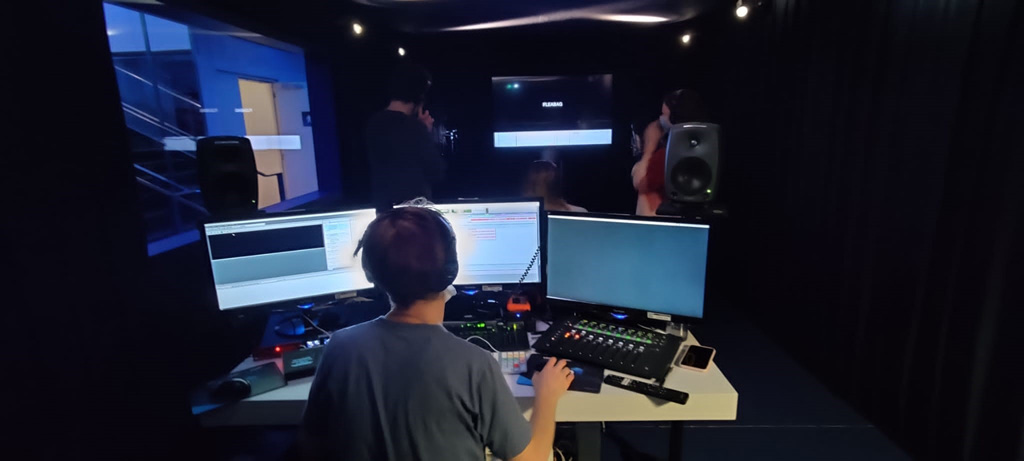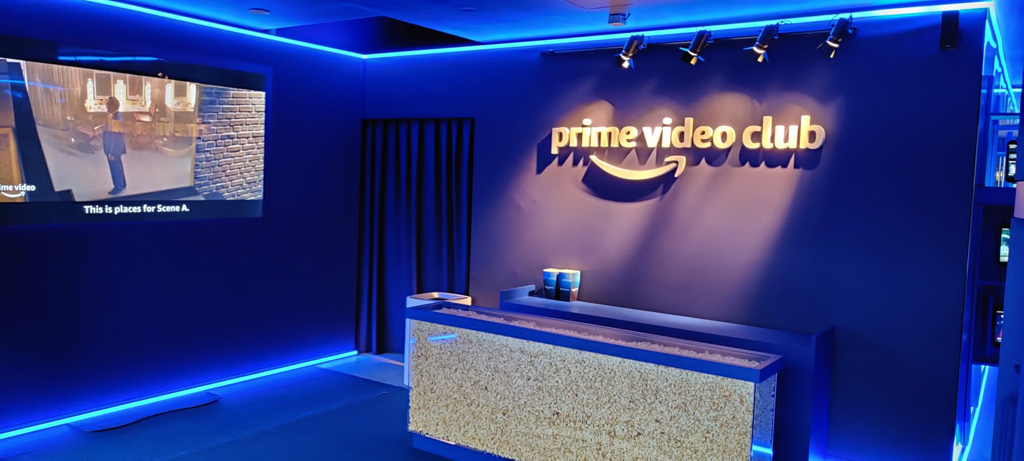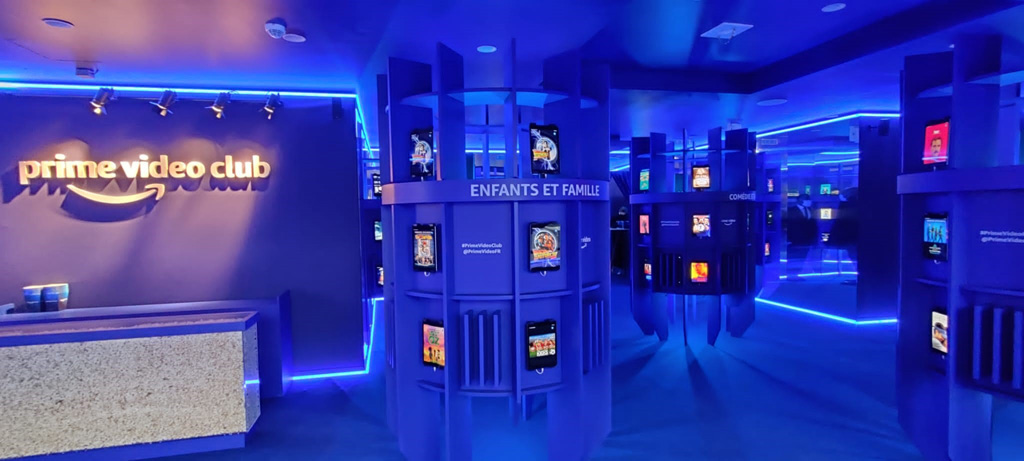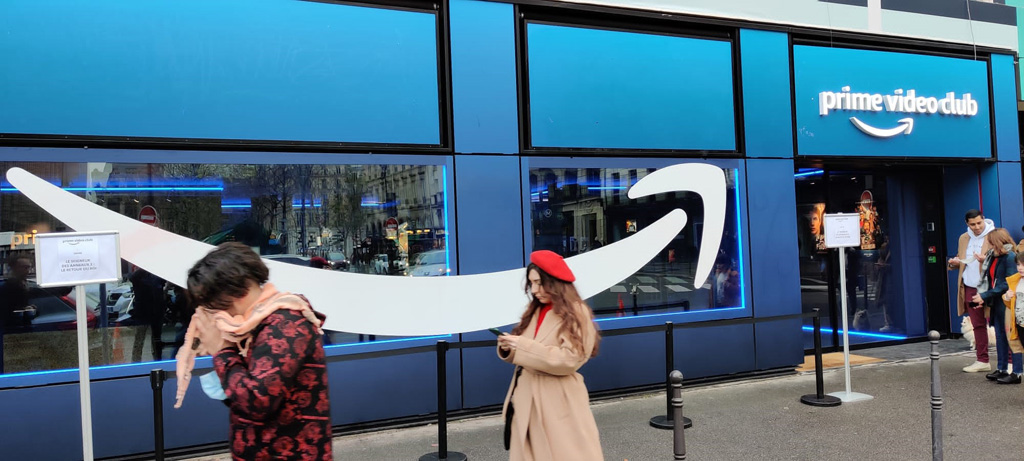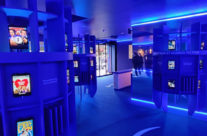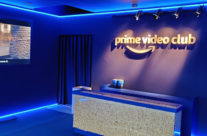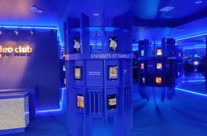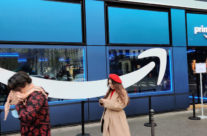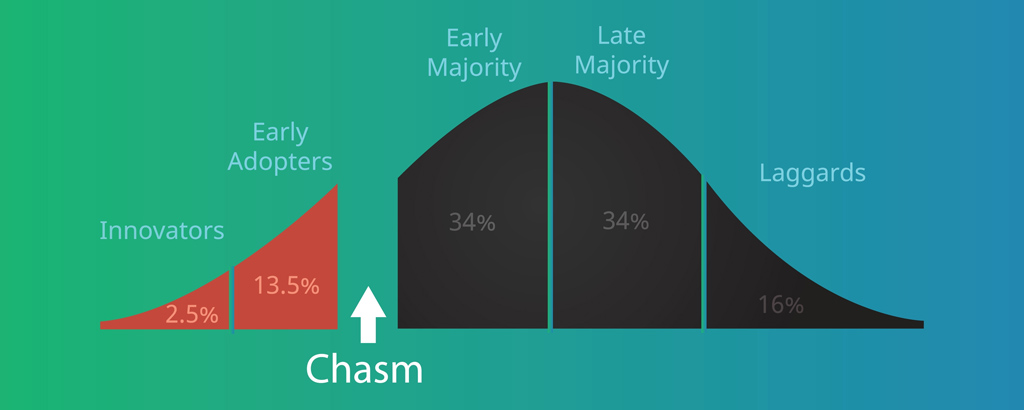The opening of the Amazon Prime Video pop-up store in Paris from 10 to 12 December 2021 had everything to please: a prestigious address (30 place de la Madeleine), a great brand (Amazon), a promising experience (the video club with Amazon-style), and all this in an ultra-ephemeral format (one weekend). This pop-up store is not insignificant. Beyond the customer experience proposed, it also reflects the state of the streaming market and the importance of acquiring new customers at all costs before the competition.
A successful experience
The idea of Amazon Prime Video was to develop an ephemeral shop concept based on the video store principle. This may be an unintentional reference, but let’s not forget that Netflix, Amazon’s main competitor in this segment, started with DVD rentals.
When you enter, the atmosphere is immediately dominated by blue. There are structures where you can consult tablets to find all the films and series available throughout the room.
If you have booked before coming, they will direct you to a private area where a screening of your choice will be proposed from the catalog, including previews of films or series, all free of charge.
The “fun” is not forgotten as there is also a professional dubbing studio where everyone can practice this art on extracts of series from the Amazon catalog.
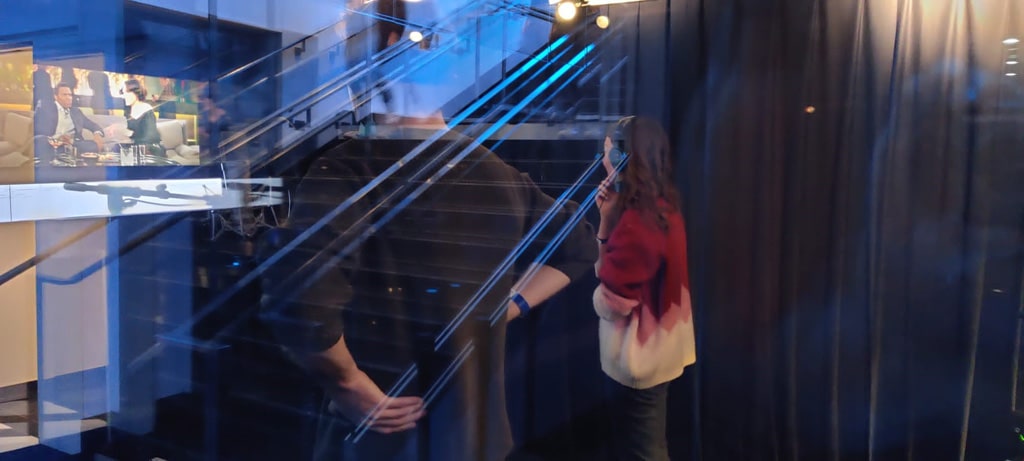
Streaming services are conquering the early majority
We know that in February 2021, Disney+ had 40 million subscribers in the US. With 122.5 million households in the country, this represents 1 in 3 homes. In France, we consider that 50% of households currently (December 2021) have a streaming subscription and that each household has an average of 2 subscriptions.
If we follow Roger’s technological adoption curve, we can see that subscribers now belong to the “early majority.”More precisely, half of this segment has already become a customer, which explains the efforts to conquer the remaining half as quickly as possible. This is all the more important as the following segments (“late majority,” “laggards”) have a higher cost of acquisition, which may reduce the company’s profitability.
The streaming market launched in a war for new customers
If there was any doubt about it, the war is well underway between the different streaming platforms. The conquest of non-subscribers has become THE metric that all analysts are looking at. Amazon is therefore adapting its marketing mix to put an asset in the real world and go directly to its future subscribers.
Amazon Prime Video’s pop-up store is just one more manifestation of streaming platforms’ predicted dominance over linear TV. By recruiting subscribers directly in the “real world”, we are witnessing the beginning of the end of linear TV. Streaming has already crossed the “chasm,” that imaginary space that delimits the frontier between the early customers and most of the market. The streaming market is in a phase of maturity, approaching its peak. To continue its development, it will have to recruit customers among the most significant segments: “early majority” and then the “late majority.”
Posted in Strategy.

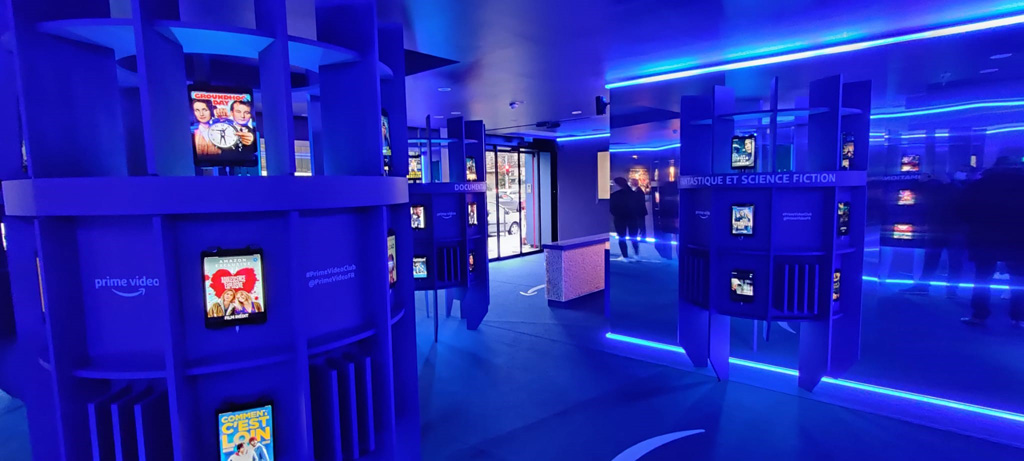
 1/5
1/5 